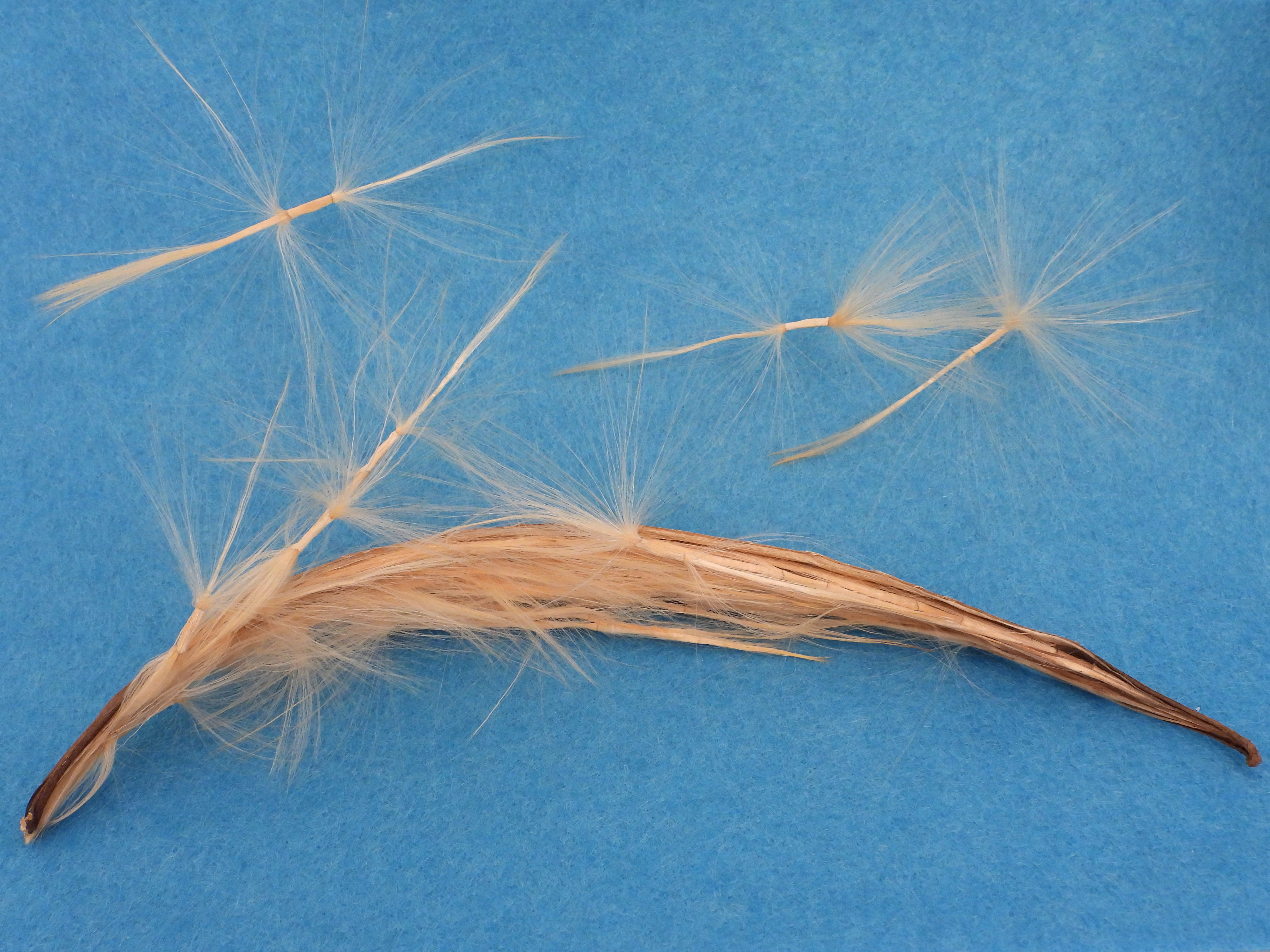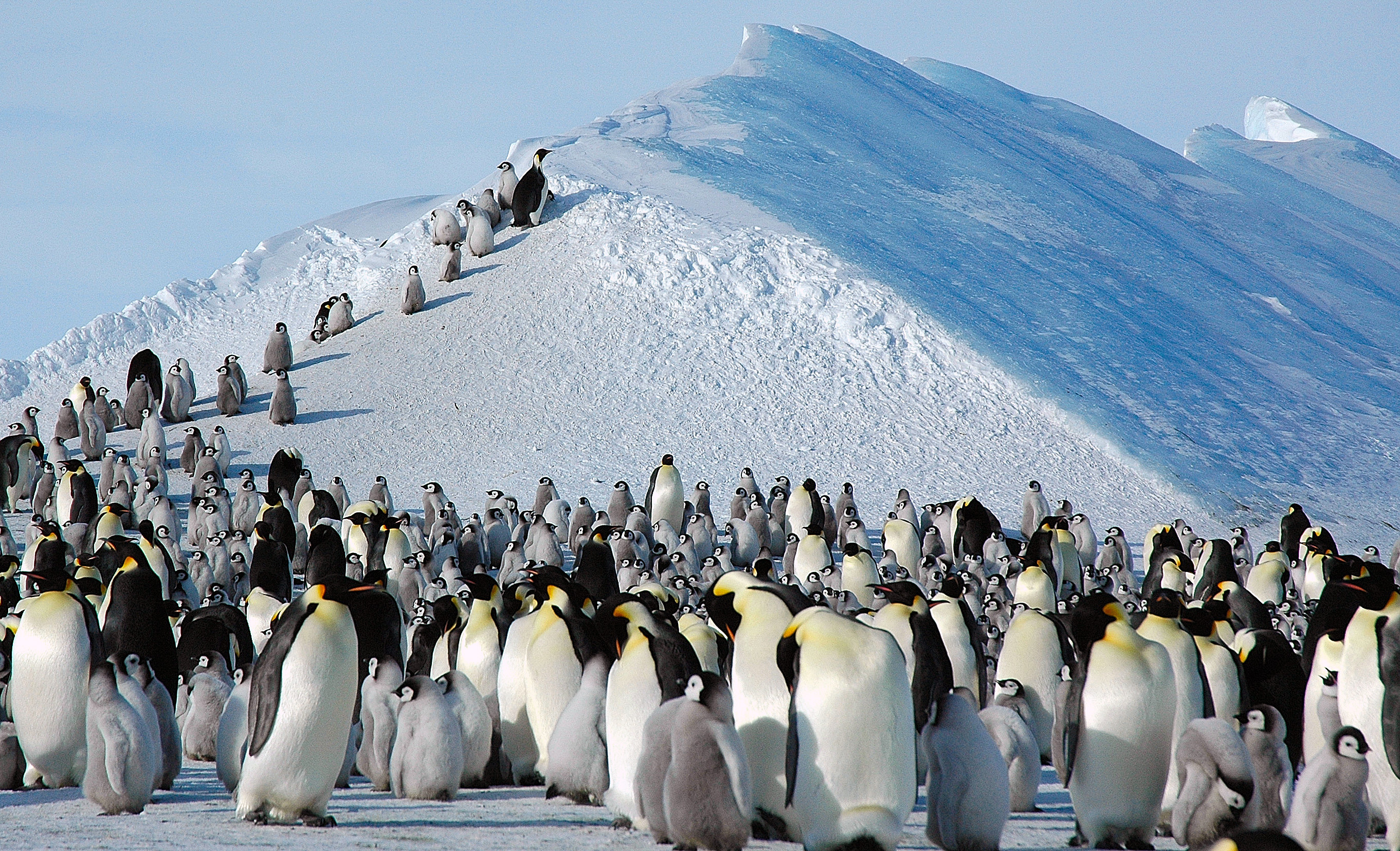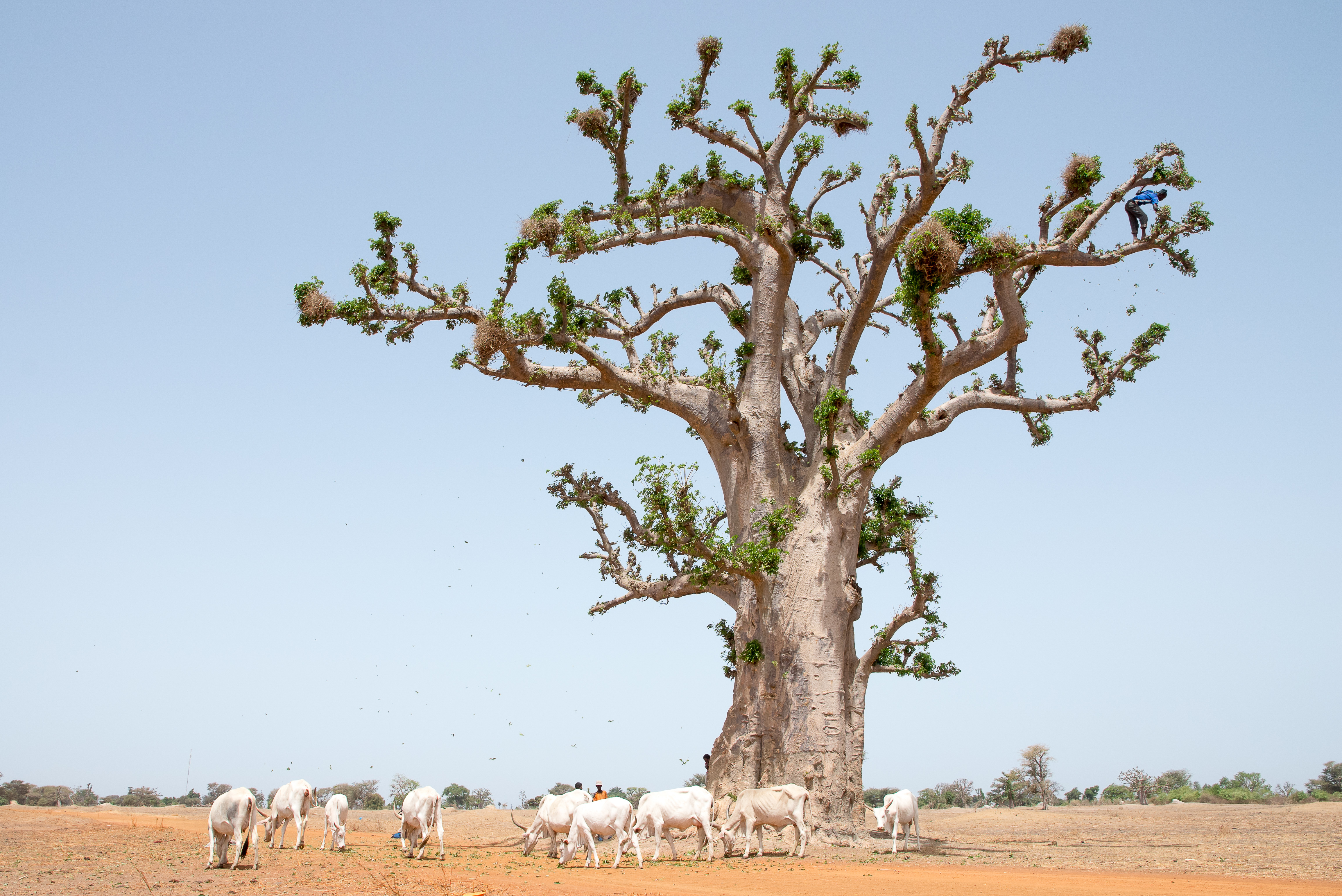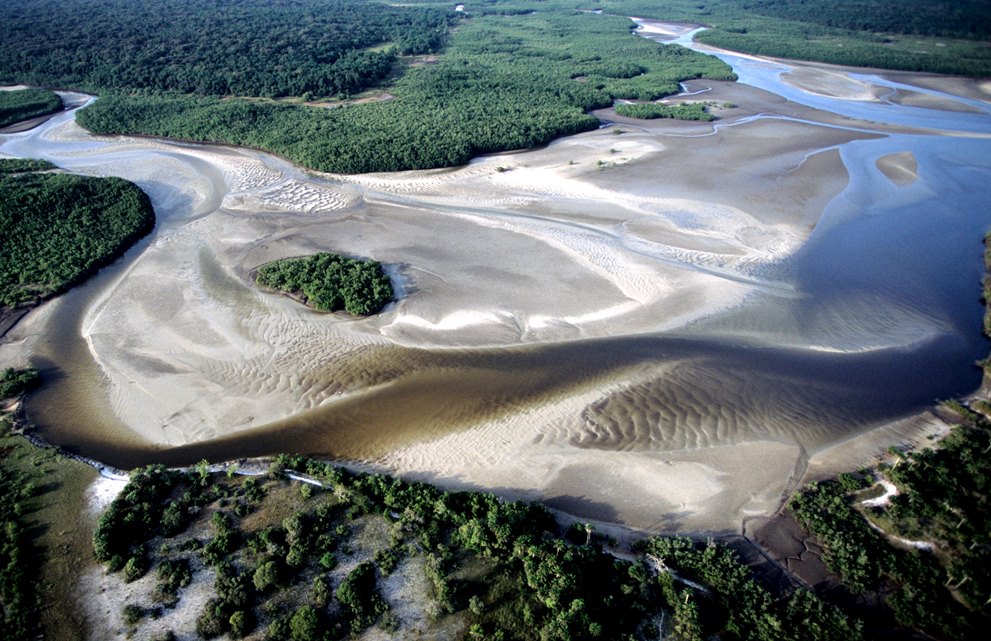|
Lake Gabou
Lake Gabou (, , ) is a lake and wetlands area in the Tagant Region of Mauritania. History Historically, the lake and the basin around it were also known as Tammourt en Naaj () or Hoorewendu, meaning 'head of the swamp' in Pulaar, and sheltered a population of hippopotami. Environment The lake captures runoff from the Tagant plateau and supports a range of indigenous flora and fauna, including date and doum palms, two economically important palm species, as well as African baobabs and desert roses. It is also a refuge for West African crocodiles and migrating birds. It was designated a Ramsar site in 2009. The lake has been designated an Important Bird Area (IBA) by BirdLife International because it supports a significant population of wintering ruff Ruff may refer to: Places *Ruff, Virginia, United States, an unincorporated community *Ruff, Washington, United States, an unincorporated community Other uses *Ruff (bird) (''Calidris pugnax'' or ''Philomachus pugnax''), a bird ... [...More Info...] [...Related Items...] OR: [Wikipedia] [Google] [Baidu] |
Ksar El Barka
Ksar el Barka (, ) is a ruined town in Mauritania. In 2013 it had a population of 7,037. Geography Ksar el Barka is located approximately 50km north of Moudjeria in the Tammourt en Naaj, a basin that collects runoff from the Tagant Plateau into Lake Gabou. The area has been an important center for pastoralism and agriculture for thousands of years. History The Tagant Plateau was for centuries inhabited by Fula pastoralists and Soninke farmers. The Fula Jaawbe clan built their capital, Laaci-Wendu on the shores of Lake Gabou, a strategic location from which they could control the passes through the Assaba mountains. This town would later become Ksar el Barka. The Jaawbe were frequently raided by the Moors of Oualata. In the early 1100s they repulsed an invasion by the Lamtuna dynasty ruling Takrur, then invaded themselves and ruled Futa Toro from Laaci-Wendu as the ''Laam Termess'' dynasty. They would eventually be defeated by the Jolof Empire in 1456. In 1690 the Kounta, wh ... [...More Info...] [...Related Items...] OR: [Wikipedia] [Google] [Baidu] |
Adenium Obesum
''Adenium obesum'', more commonly known as a desert rose, is a poisonous species of flowering plant belonging to the tribe Nerieae of the subfamily Apocynoideae of the Apocynum, dogbane family, Apocynaceae. It is native plant, native to the Sahel regions south of the Sahara (from Mauritania and Senegal to Sudan), tropical and subtropical eastern and southern Africa, as well as the Arabian Peninsula. Other names for the flower include Sabi star, kudu, mock azalea, and impala lily. ''Adenium obesum'' is a popular houseplant and bonsai in temperateness, temperate regions. Description It is an evergreen or drought-deciduous Succulent plant, succulent shrub (which can also lose its leaves during cold spells, or according to the subspecies or cultivar). It can grow to in height, with pachycaul (disproportionately large) stems and a stout, swollen basal caudex (a rootstock that protrudes from the soil). The leaf, leaves are spirally arranged, clustered toward the tips of the shoots, s ... [...More Info...] [...Related Items...] OR: [Wikipedia] [Google] [Baidu] |
Ruff (bird)
The ruff (''Calidris pugnax'') is a medium-sized wading bird that breeds in marshes and wet meadows across northern Eurasia. This highly gregarious sandpiper is migratory and sometimes forms huge flocks in its winter grounds, which include southern and western Europe, Africa, southern Asia and Australia. The ruff is a long-necked, pot-bellied bird. This species shows marked sexual dimorphism; the male is much larger than the female (the reeve), and has a breeding plumage that includes brightly coloured head tufts, bare orange facial skin, extensive black on the breast, and the large collar of ornamental feathers that inspired this bird's English name. The female and the non-breeding male have grey-brown upperparts and mainly white underparts. Three differently plumaged types of male, including a rare form that mimics the female, use a variety of strategies to obtain mating opportunities at a lek, and the colourful head and neck feathers are erected as part of the elaborate ... [...More Info...] [...Related Items...] OR: [Wikipedia] [Google] [Baidu] |
BirdLife International
BirdLife International is a global partnership of non-governmental organizations that strives to conserve birds and their habitats. BirdLife International's priorities include preventing extinction of bird species, identifying and safeguarding important sites for birds, maintaining and restoring key bird habitats, and empowering conservationists worldwide. It has a membership of more than 2.5 million people across List of BirdLife International national partner organisations, 116 country partner organizations, including the Royal Society for the Protection of Birds, the Wild Bird Society of Japan, the National Audubon Society, and American Bird Conservancy. BirdLife International has identified 13,000 Important Bird Area, Important Bird and Biodiversity Areas and is the official International Union for Conservation of Nature's IUCN Red List, Red List authority for birds. BirdLife International has established that 1,375 bird species (13% of the total) are threatened with extinc ... [...More Info...] [...Related Items...] OR: [Wikipedia] [Google] [Baidu] |
Important Bird Area
An Important Bird and Biodiversity Area (IBA) is an area identified using an internationally agreed set of criteria as being globally important for the conservation of bird populations. IBA was developed and sites are identified by BirdLife International. There are over 13,000 IBAs worldwide. These sites are small enough to be entirely conserved and differ in their character, habitat or ornithological importance from the surrounding habitat. In the United States the program is administered by the National Audubon Society. Often IBAs form part of a country's existing protected area network, and so are protected under national legislation. Legal recognition and protection of IBAs that are not within existing protected areas varies within different countries. Some countries have a National IBA Conservation Strategy, whereas in others protection is completely lacking. History In 1985, following a specific request from the European Economic Community, Birdlife International dr ... [...More Info...] [...Related Items...] OR: [Wikipedia] [Google] [Baidu] |
Ramsar Site
A Ramsar site is a wetland site designated to be of international importance under the Ramsar Convention,8 ha (O) *** Permanent 8 ha (P) *** Seasonal Intermittent < 8 ha(Ts) ** es on inorganic soils: *** Permanent (herb dominated) (Tp) *** Permanent / Seasonal / Intermittent (shrub dominated)(W) *** Permanent / Seasonal / Intermittent (tree dominated) (Xf) *** Seasonal/intermittent (herb dominated) (Ts) ** Marshes on soils: *** Permanent (non-forested)(U) *** Permanent (forested)(Xp) ** Marshes on inorganic or peat soils: *** Marshes on inorganic or peat soils / High altitude (alpine) (Va) *** Marshes on inorganic or peat soils / Tundra (Vt) * Saline, [...More Info...] [...Related Items...] OR: [Wikipedia] [Google] [Baidu] |
Bird Migration
Bird migration is a seasonal movement of birds between breeding and wintering grounds that occurs twice a year. It is typically from north to south or from south to north. Animal migration, Migration is inherently risky, due to predation and mortality. The Arctic tern holds the long-distance migration record for birds, travelling between Arctic breeding grounds and the Antarctic each year. Some species of Procellariiformes, tubenoses, such as albatrosses, circle the Earth, flying over the southern oceans, while others such as Manx shearwaters migrate between their northern breeding grounds and the southern ocean. Shorter migrations are common, while longer ones are not. The shorter migrations include altitudinal migrations on mountains, including the Andes and Himalayas. The timing of migration seems to be controlled primarily by changes in day length. Migrating birds navigate using celestial cues from the Sun and stars, the Earth's magnetic field, and mental maps. Histor ... [...More Info...] [...Related Items...] OR: [Wikipedia] [Google] [Baidu] |
West African Crocodile
The West African crocodile, desert crocodile, or sacred crocodile (''Crocodylus suchus'') is a species of crocodile related to, and often confused with, the larger and more aggressive Nile crocodile (''C. niloticus''). Taxonomy The species was named by Étienne Geoffroy Saint-Hilaire in 1807, who discovered differences between the skulls of a Animal mummy, mummified crocodile and those of Nile crocodile (''C. niloticus''). However, this new species was long afterwards regarded as a Synonym (taxonomy), synonym of the Nile crocodile. In 2003, a study resurrected ''C. suchus'' as a valid species, and this was confirmed by several other studies conducted between 2011 and 2015. Despite the long history of confusion, Genetics, genetic testing has revealed that the two are not particularly close. The closest relatives of the Nile crocodile are the ''Crocodylus'' species from the Americas, while the West African crocodile is Basal (phylogenetics), basal to the clade of Nile and Americ ... [...More Info...] [...Related Items...] OR: [Wikipedia] [Google] [Baidu] |
Adansonia Digitata
''Adansonia digitata'', the African baobab, is the most widespread tree species of the genus ''Adansonia'', the baobabs, and is native to the African continent and the southern Arabian Peninsula (Yemen, Oman). These are long-lived pachycauls; radiocarbon dating has shown some individuals to be over 2,000 years old. They are typically found in dry, hot savannas of sub-Saharan Africa, where they dominate the landscape and reveal the presence of a watercourse from afar. They have traditionally been valued as sources of food, water, health remedies or places of shelter and are a key food source for many animals. They are steeped in legend and superstition. In recent years, many of the largest, oldest trees have died, for unknown reasons. Common names for the baobab include monkey-bread tree, upside-down tree, and cream of tartar tree. Description African baobabs are trees that often grow as solitary individuals, and are large and distinctive elements of savanna or scrubland vegetatio ... [...More Info...] [...Related Items...] OR: [Wikipedia] [Google] [Baidu] |
Ramsar Convention
The Ramsar Convention on Wetlands of International Importance Especially as Waterfowl Habitat is an international treaty for the conservation and sustainable use of Ramsar site, Ramsar sites (wetlands). It is also known as the Convention on Wetlands. It is named after the city of Ramsar, Mazandaran, Ramsar in Iran, where the convention was signed in 1971. Every three years, representatives of the contracting parties meet as the Ramsar Convention#Conference of the Contracting Parties, Conference of the Contracting Parties (COP), the policy-making organ of the wetland conservation, convention which adopts decisions (site designations, resolutions and recommendations) to administer the work of the convention and improve the way in which the parties are able to implement its objectives. In 2022, COP15 was held in Montreal, Canada. List of wetlands of international importance The list of wetlands of international importance included 2,531 Ramsar site, Ramsar sites in Februa ... [...More Info...] [...Related Items...] OR: [Wikipedia] [Google] [Baidu] |
Hyphaene Thebaica
''Hyphaene'' is a genus of palms native to Africa, Madagascar, the Middle East, and the Indian subcontinent The Indian subcontinent is a physiographic region of Asia below the Himalayas which projects into the Indian Ocean between the Bay of Bengal to the east and the Arabian Sea to the west. It is now divided between Bangladesh, India, and Pakista ....Govaerts, R. & Dransfield, J. (2005). World Checklist of Palms: 1-223. The Board of Trustees of the Royal Botanic Gardens, Kew. The genus includes the Doum palm (''H. thebaica''). They are unusual among palms in having regular naturally branched trunks; most other palms are single-stemmed from the ground. In Swahili, it is called "koma". Species * '' Hyphaene compressa'' H.Wendl. - eastern Africa from Ethiopia to Mozambique * '' Hyphaene coriacea'' Gaertn. - eastern Africa from South Africa; Madagascar; Juan de Nova Island * '' Hyphaene dichotoma'' (J.White Dubl. ex Nimmo) Furtado - India, Sri Lanka * '' Hyphaene guineens ... [...More Info...] [...Related Items...] OR: [Wikipedia] [Google] [Baidu] |








